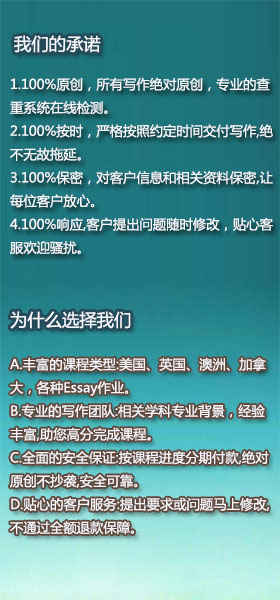Thomas Heywood's A Woman Killed with Kindness (1603) is described as a 'domestic tragedy' as it deals not with the tragic downfall of the elite, but on the relationship between a husband and wife. Domesticity is the theme of the play, and the language is correspondingly straightforward and unadorned. In contrast with tragedies such as Hamlet or Tamburlaine, Heywood's play does not concern the intrigues and actions of the aristocratic elite or ruling order. A Woman Killed with Kindness is a morality play, concerned with the infidelity of Anne and her likely punishment. She herself expects only death upon her husband's discovery of her affair:
Though I deserve a thousand thousand fold
More than you can inflict, yet, once my husband,
For womanhood – to which I am a shame,
Though once an ornament – even for His sake
That hath redeem'd our couls, mark not my face
Nor hack me with your sword, but let me go
Perfect and undeformed to my tomb. (xiii.94-100)
Her opinion is born out by the tradition of revenge in tragedies as well as in contemporary practice; indeed, by law husbands reserved the right to kill unfaithful wives (Powell 204). However, despite the clear Christian moralizing, Heywood's play departs drastically from the traditional structure of moral tragedy in that the tragic end of the main character results not from divine judgment and retribution, but from the effects of her wrongdoing on her own consciousness. Before the discovery of her betrayal by her husband, her guilt and remorse are apparent.
You have tempted me to mischief, Master Wendoll;
I have done I know not what. Well, you plead custom;
That which for want of wit I granted erst
I now must yield through fear. Come, come, let's in.
Once o'er shoes, we are straight o'er head in sin (xi. 110-14)
Her repentance is genuine, and carries forward her tragic end. Anne chooses to starve herself to death, thereby taking control both of her sin and her punishment. Heywood puts 'into dramatic form … the punishment which arises from the erring characters' consciousness of their guilt in the place of the punishment of an exterior physical revenge' (Bowers 225). Anne's emotional torment is meant as a lesson to the audience, and she makes of herself an exemplary figure, breaking away from the domestic thrust of the play towards the universal.
Derived from the classical models of comedy and tragedy set out by Aristotle and envisaged by Seneca, Webseter's The White Devil (1612) expands the classical tragic structure by adding elements associated with comedy: ironic repetition, theatrical self-consciousness, and inverted tragic situations. There is a repeated pattern in The White Devil of serious action followed by parody, working to undermine the dramatic tradition of tragedy to create what would become the genre of tragicomedy. Tragicomedy is a distinctly non-Aristotelian genre in which the action and subject of the play demand a tragic ending, but this ending is denied in an ironic reversal which produces the happy ending of a traditional comedy. Aristotle did, in fact, depict a kind of tragedy with a happy ending, which would later become tragicomedy, but it was not until the Renaissance that the genre was seen as a legitimate dramatic form. In The White Devil, the Duke of Florence comments on the popular dislike of the classically inspired plays which strictly conform to the structure of tragedy and comedy:





